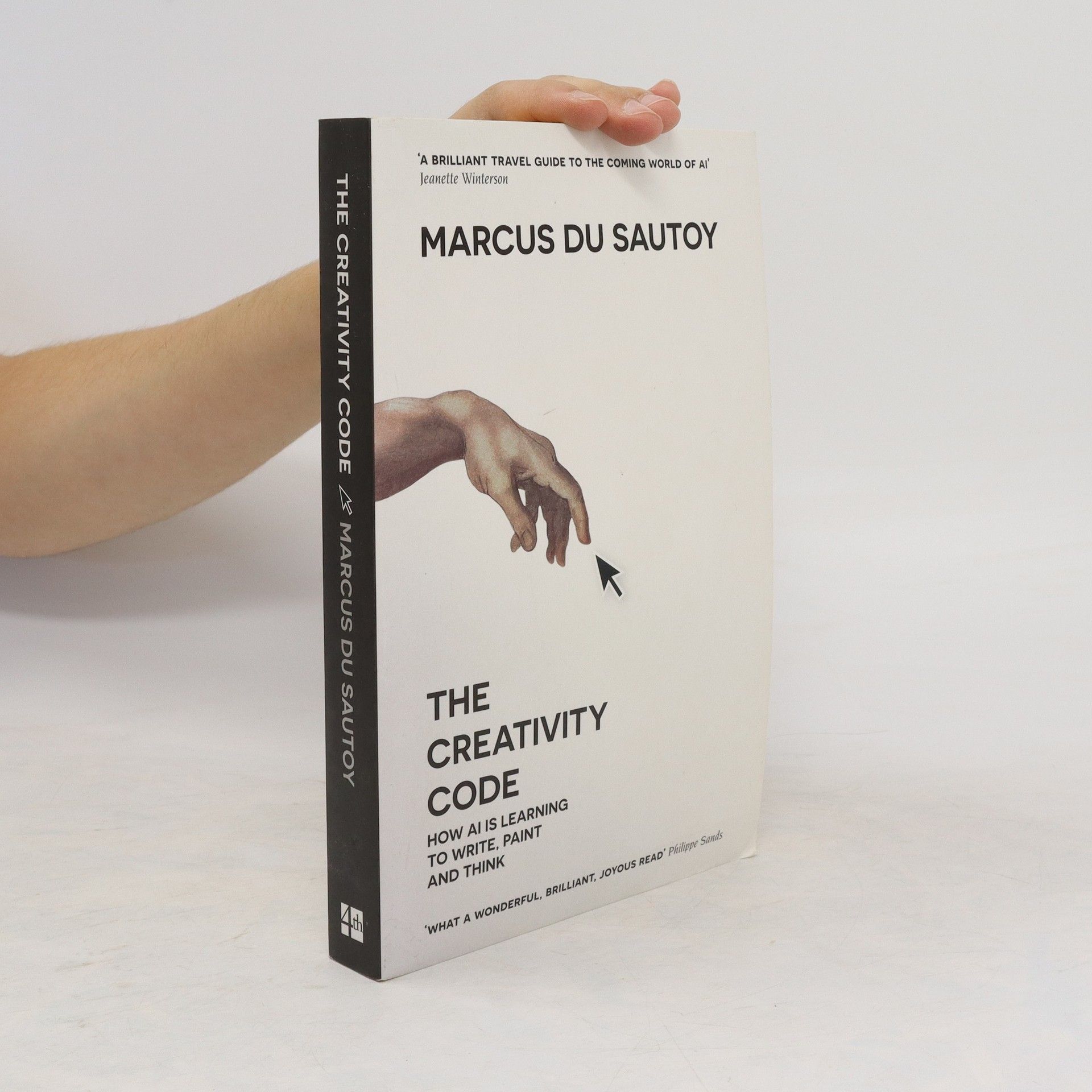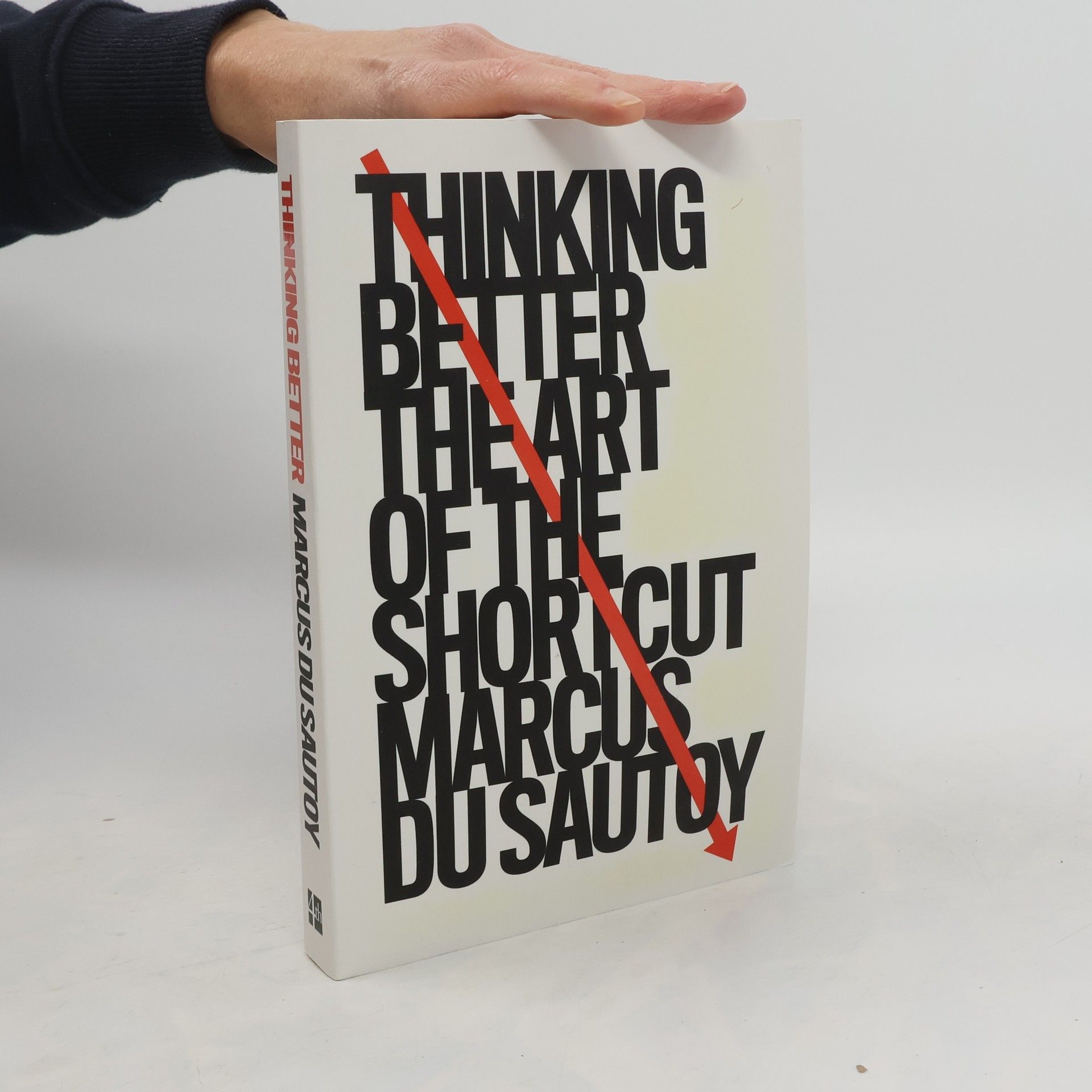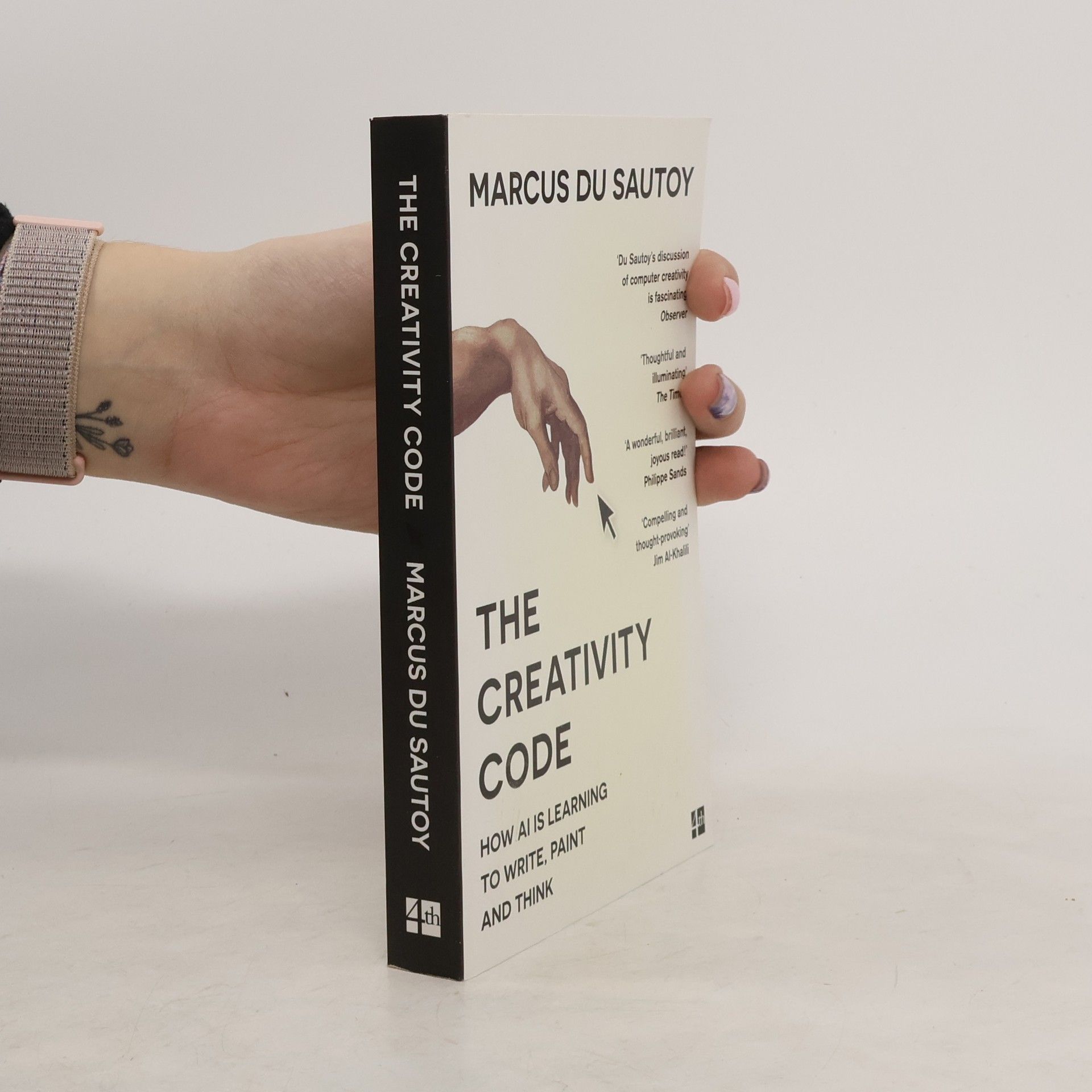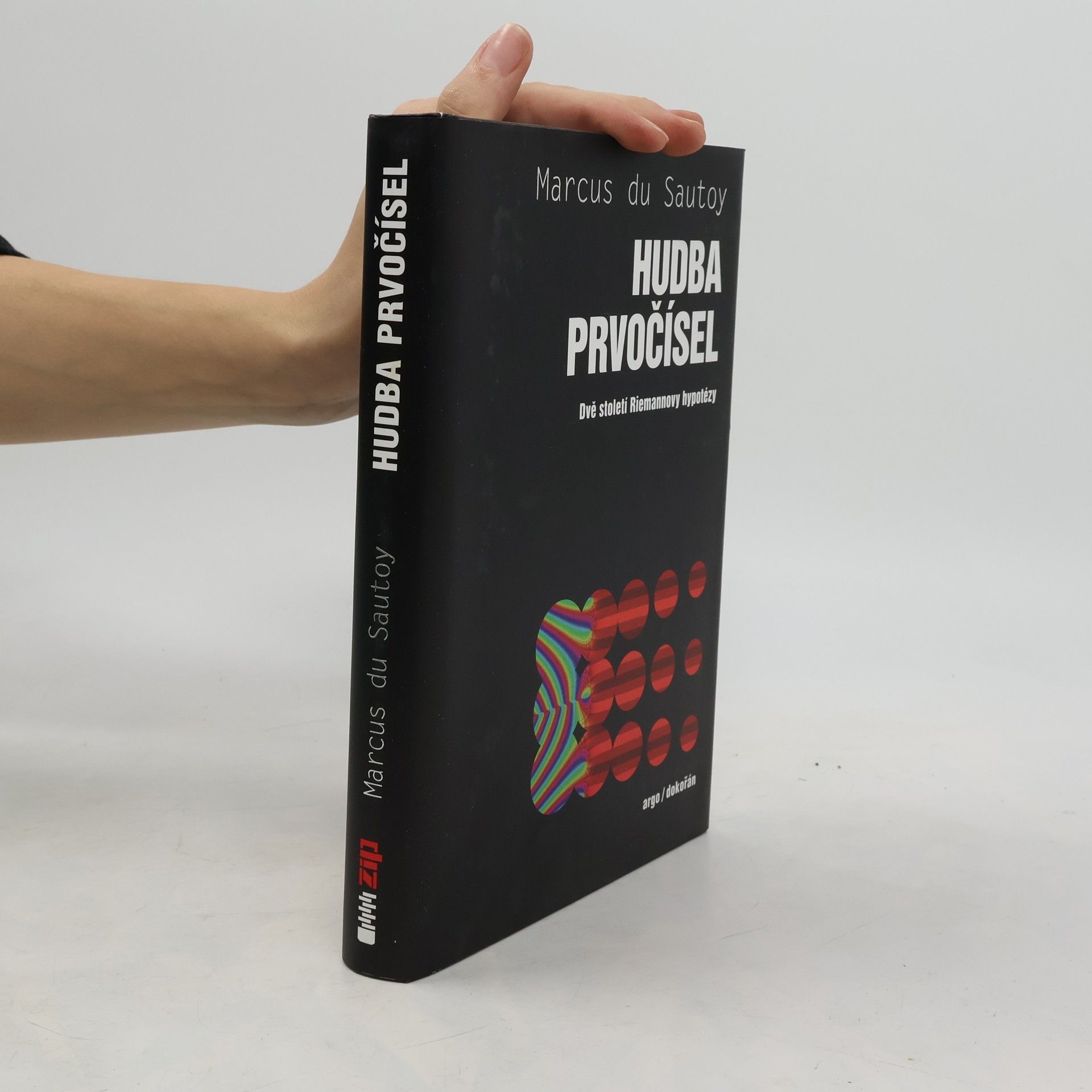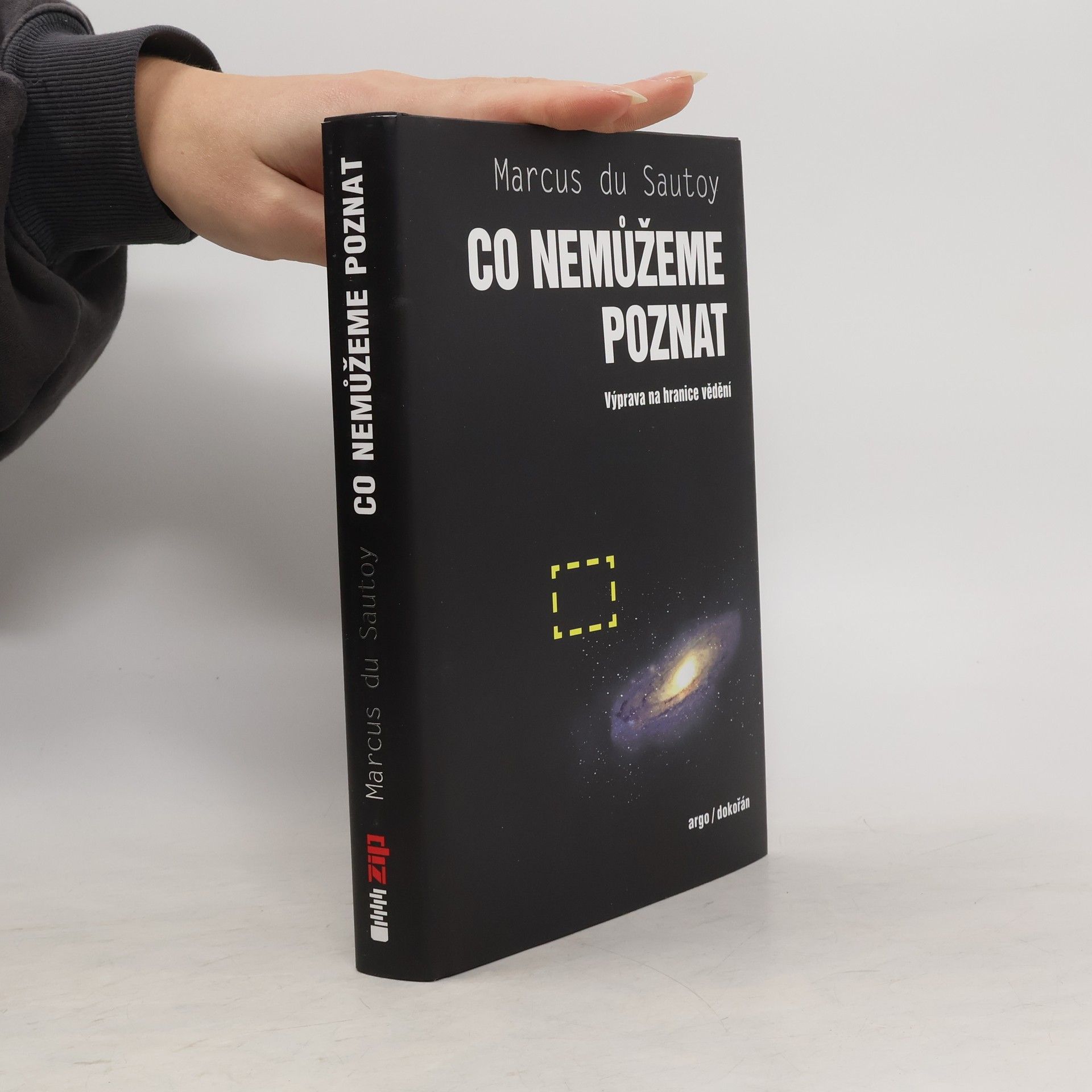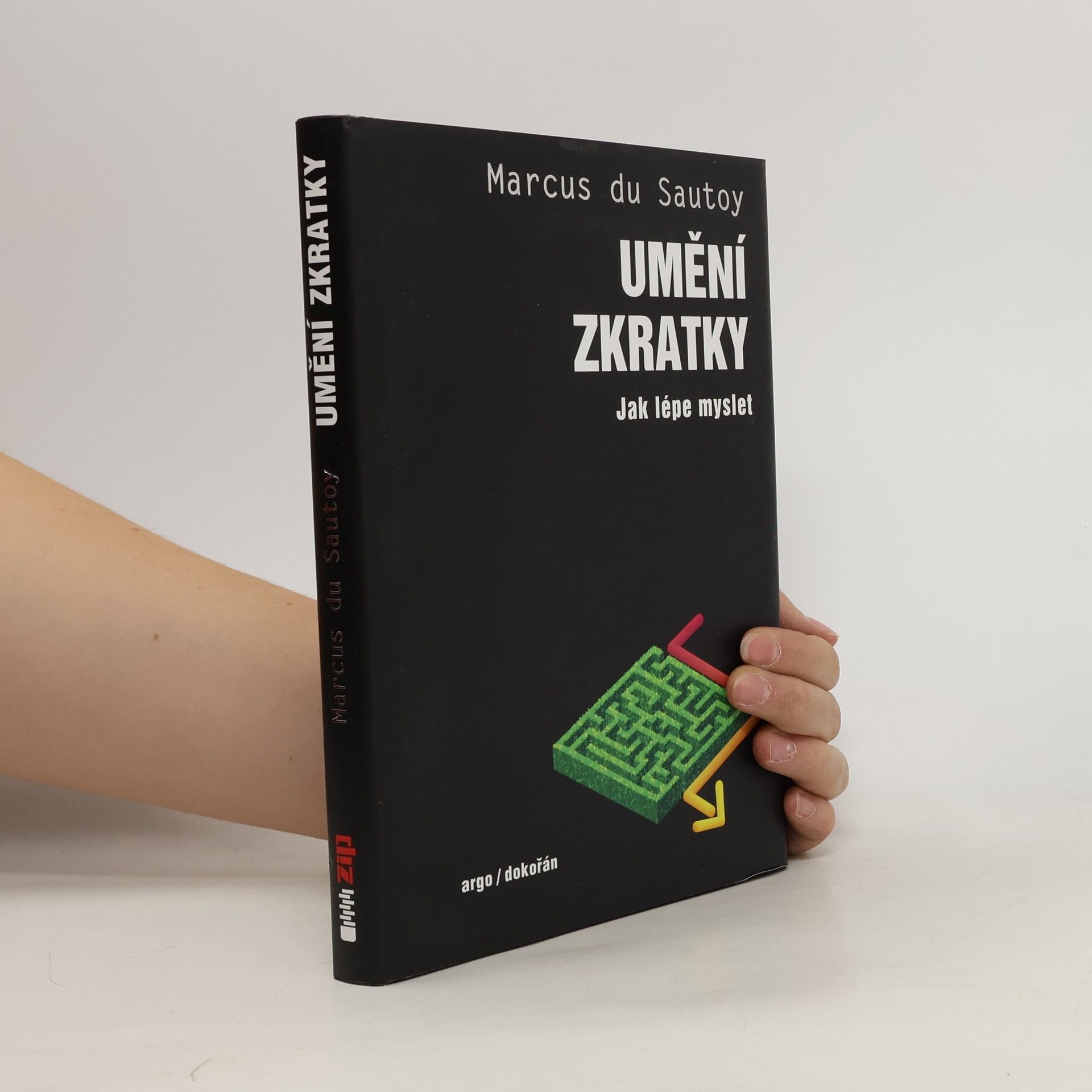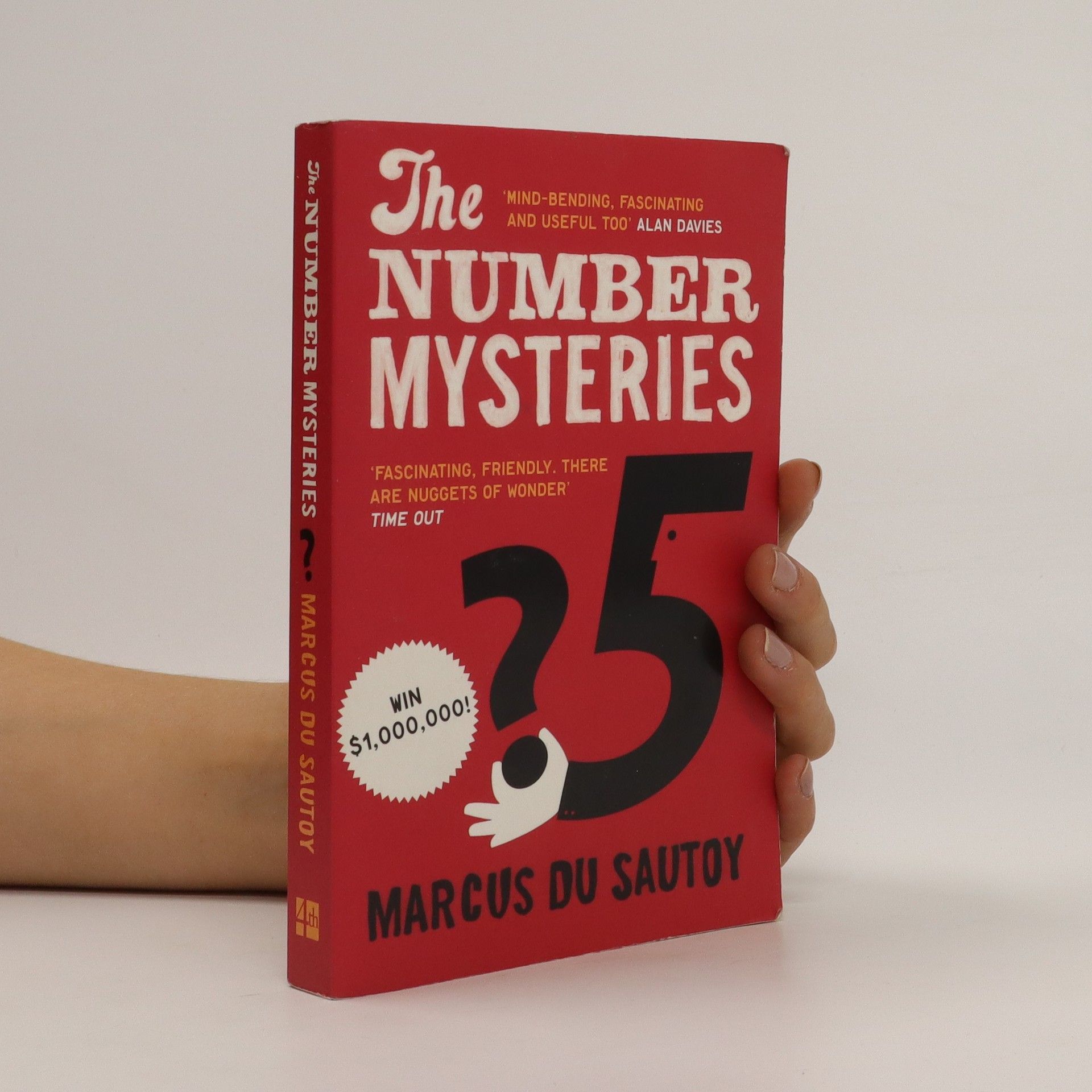Umění zkratky. Jak lépe myslet
- 320 stránek
- 12 hodin čtení
Říká se, že cestou k úspěchu je tvrdá práce. K úspěchu však často může vést i mnohem rychlejší a snadnější cesta – zkratka. A ve vytváření zkratek, které nám usnadňují život tím, že nám šetří čas a námahu, vyniká zvláště matematika – ta je v podstatě uměním vymýšlet zkratky. Přední britský matematik Marcus du Sautoy svou novou knihou Umění zkratky ukazuje, jak nám díky využívání důvtipných zkratek matematika dovoluje řešit problémy rychle a efektivně. Autor nás provede světem matematických zkratek – od vzorce a diagramu po kalkulus a teorii pravděpodobnosti. Dozvíme se, proč jeden diagram vedl k zásadním změnám ve zdravotní péči, proč je kalkulus největší zkratkou, která kdy byla vynalezena, nebo proč máme díky zkratkám výhodu i před nejvýkonnějšími počítači

